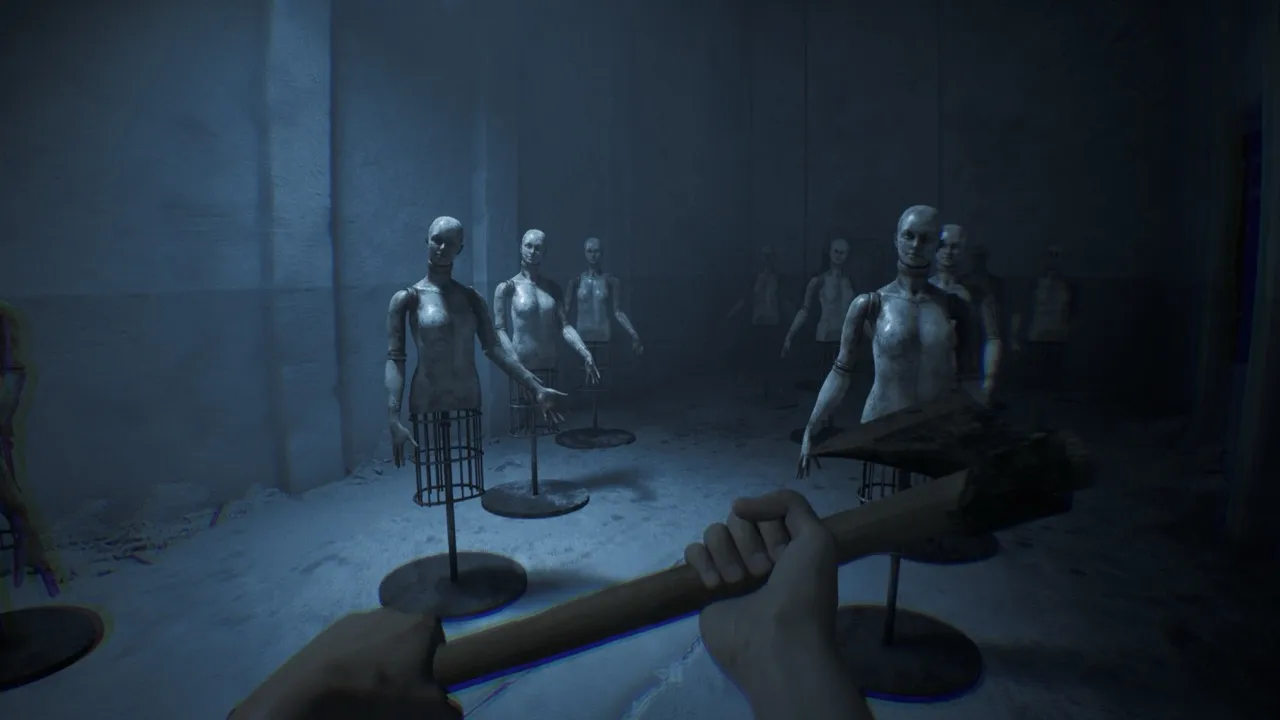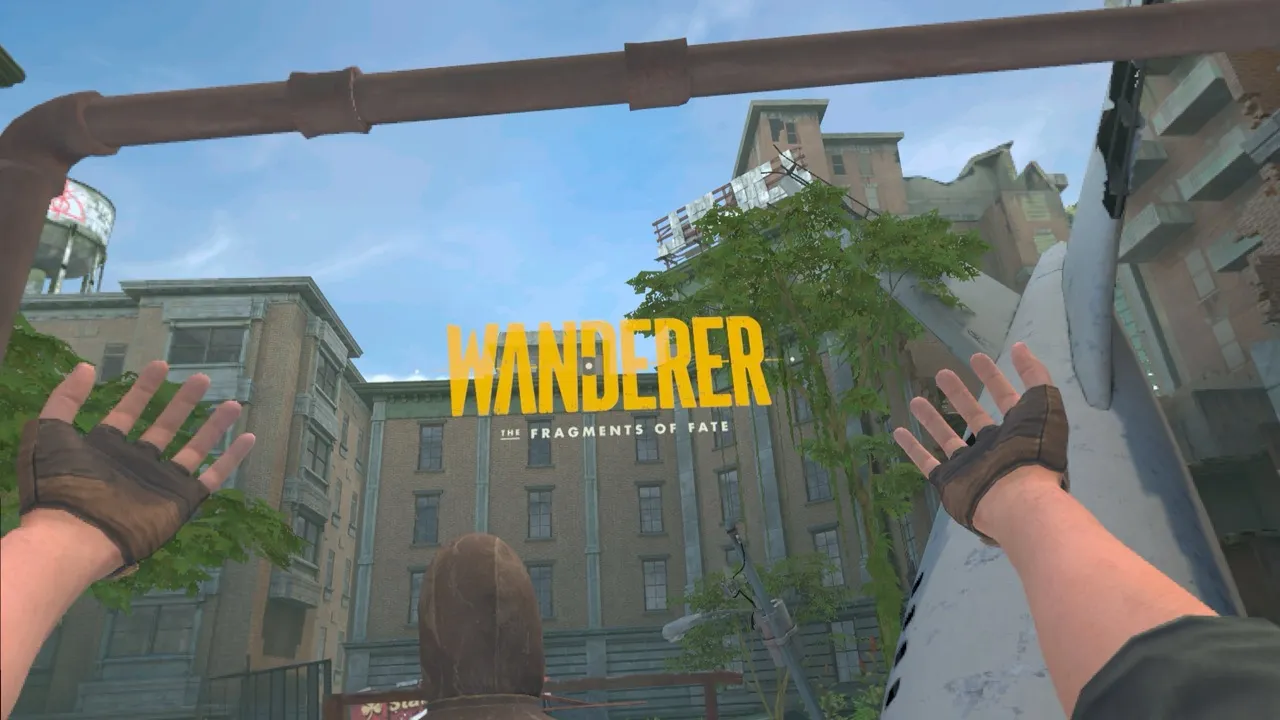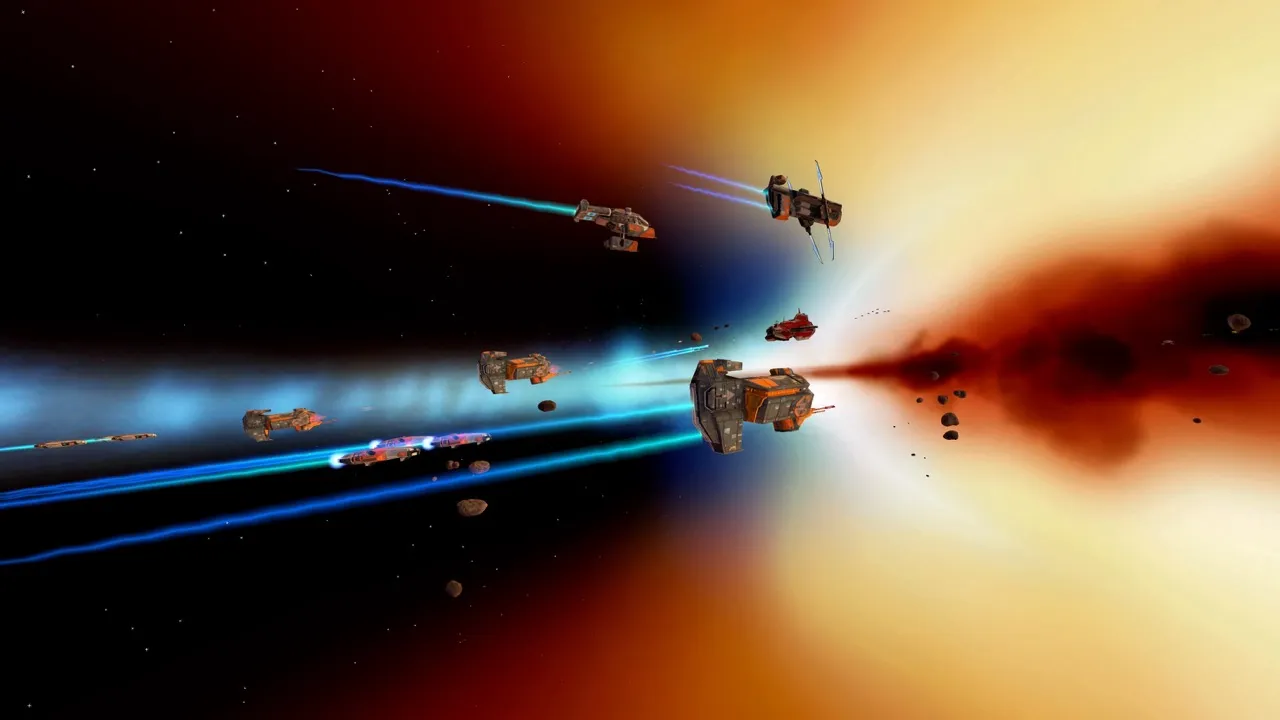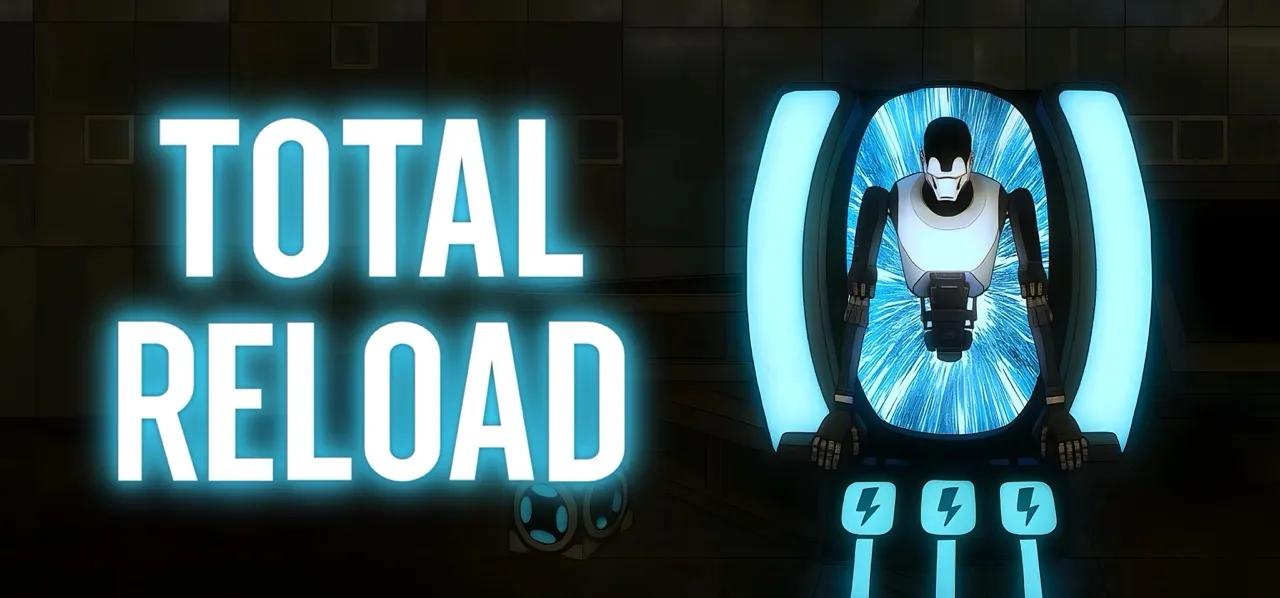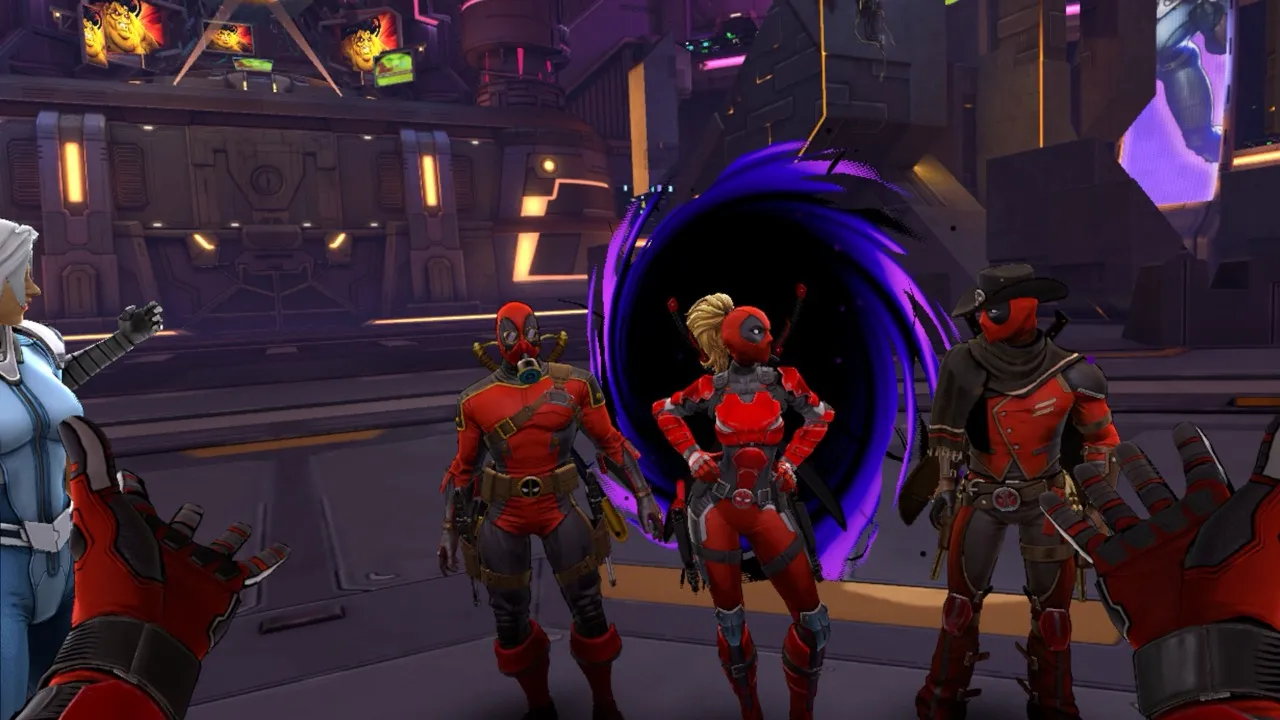A.I.L.A. blends psychological sci fi with shifting horror scenarios and gorgeous environments, held back by clunky combat on PS5.
A.I.L.A. is one of those games that immediately tells you it is trying something different. Not in a flashy gimmick way, but in a quiet, confident way that says, here is a weird idea, let us see how far we can take it. You are not playing a cop, or a soldier, or an unlucky homeowner trapped in a haunted mansion. Instead you are a game tester for a next generation VR headset that lets you inhabit those roles, stepping into the shoes of the cop or the knight or whoever the simulation demands as the AI rewrites the world around you to tap into your own memories and fears.
The core idea is that you put on this prototype headset inside the game, it scans your mind, and then feeds you a bunch of test scenarios. Each one is its own little chunk of genre, tone and mechanics. And while the overall story leans heavily into sci fi paranoia and the usual what happens when an AI goes too far setup, the way it unfolds is engaging. After every scenario you return to your sleek futuristic apartment, but little things start to change. Objects might shift around. You will see things that should not be there. Rooms distort. The AI voice guiding you becomes more assertive, then more intrusive, then borderline unsettling. The line between simulation and reality slowly melts together and the game does a good job of making you doubt what is safe and what is not.
What makes A.I.L.A. stand out is how different each experience feels. You are not stuck in one core theme or one gameplay loop. You go through a handful of self contained worlds and each one has its own visual identity, set of rules, combat tools and environmental style. It feels like a horror anthology fused with a technological mind trip.
The first scenario drops you into a couple of cramped rooms and narrow corridors of a decrepit building that looks like it is rotting from the inside. This level is all about atmosphere. Everything creaks and groans, paint peels off the walls, and then a grotesque axe wielding man starts hunting you. The game uses the lack of space against you and the tension works well. You do not have much room to breathe, you are constantly trying to listen for footsteps, and the lighting is fantastic. It is a small level but it sets expectations in the right way.
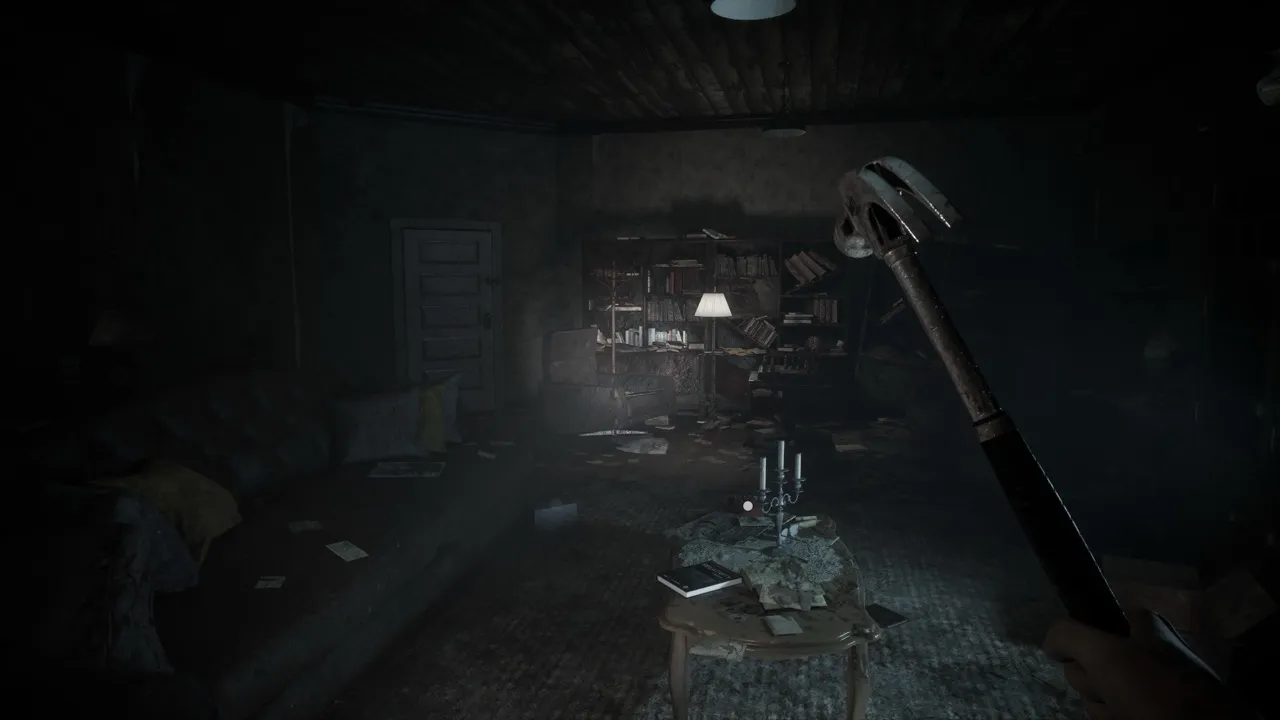
Then the game pivots to something completely different. A detective styled scenario in a creepy home, with eerie aliens lurking in the shadows. There is a sequence here that feels very inspired by the Mr. X dynamic from Resident Evil 2. You have a mother alien entity stalking you around the house as you try to solve puzzles, look for clues and survive the occasional ambush. It works because the house is large enough to give you options but tight enough to keep the pressure constant. There is no room in this level where you ever feel fully alone.
From there, A.I.L.A. goes full medieval fantasy. You get dropped into rundown villages and castle corridors filled with undead soldiers. You trade guns for swords, maces and crossbows. The shift in tone is sharp but it is genuinely cool to walk around these fog soaked environments. The environmental artists really nailed the vibe of this place. You get creaking wooden doors, collapsed stone paths, distant groans, flickering torches, the whole package.
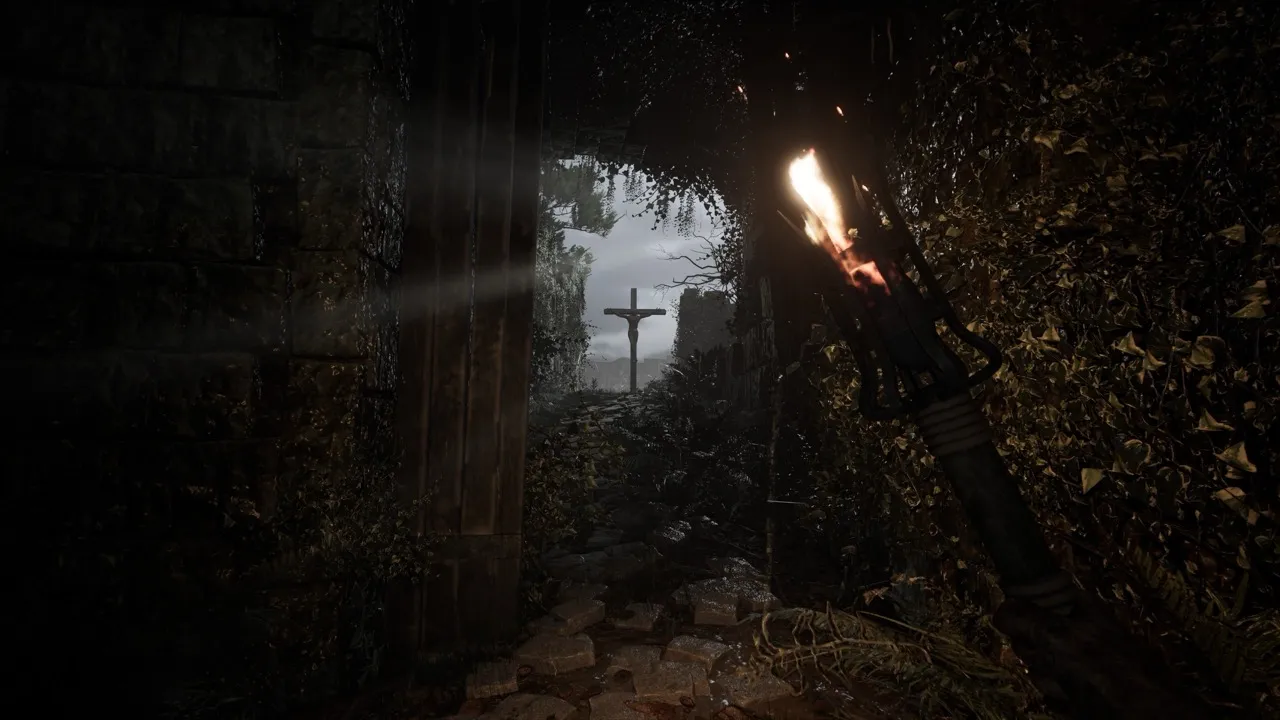
This is also where melee combat actually shines. Against the slower undead enemies, weapons like the sword feel great. You can time your swings, stun enemies if you are accurate and carve your way forward in a way that feels purposeful. But the moment you take those same melee tools into the alien encounters, everything falls apart. Using the hammer or any slow weapon against fast charging enemies is basically a death sentence. They close the distance before your swing even connects and once they get in your face you have no dodge mechanics to escape. You are left mashing attacks that will not land in time. It is a perfect example of how good ideas in one scenario do not always translate well to the next.
After the medieval section, the game throws you onto a ship crawling with dementor like creatures drifting around foggy decks. It is another strong atmospheric shift. A.I.L.A. keeps surprising you with new angles, new backdrops and new enemy styles. And it keeps doing this until the end. That variety is genuinely impressive. Even if you do not love every experience equally, the creativity behind them is fun to see unfold.

The puzzles sprinkled across the scenarios follow a simple but satisfying rhythm. Find an object, use it to unlock something, grab the next item and repeat until the area opens up. It is classic survival horror puzzle design that breaks up the tension just enough without slowing the pace down. Nothing here will challenge veterans of the genre, but everything is logical and integrated nicely into the environments.
Where the game runs into real trouble is the combat. On PS5, the shooting never feels right. Guns and the crossbow are stiff and awkward, and the lack of aim assist makes hitting enemies miserable. In a horror game where enemies routinely sprint at you, landing shots should feel fair, but here it often feels like you are wrestling the controls more than the creatures.

Enemy movement also lacks the balance that makes something like Resident Evil work, which is ironic because A.I.L.A. is clearly made by people who love that series and even sprinkle in little nods to it like you can find a "not" Leon police badge hidden in a corner and a near perfect recreation of the classic RE1 zombie head turn moment. Anyway, in those games, enemies usually move just slow enough that you can reposition while still feeling threatened. In A.I.L.A., there is no dodge, no sidestep, no real defensive movement. When enemies commit to a rush, you either tank the hit or sprint away and hope they miss. It turns combat into a clumsy chase rather than a tense survival moment.
Boss fights reveal the problem clearly. Most arenas devolve into running in circles and taking potshots whenever the animation patterns allow it. It is not satisfying and it does not feel like the game wants this to be the strategy, but the systems push you toward it anyway.
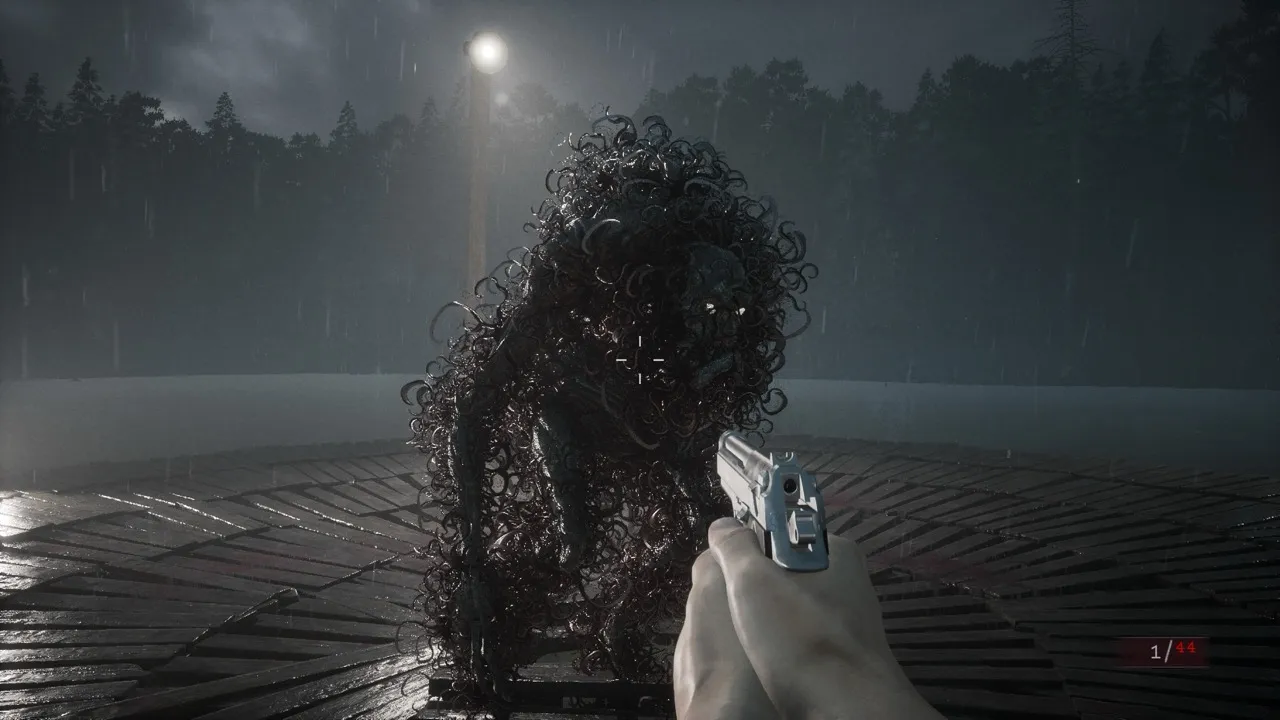
Healing only makes things worse. You cannot quickly consume a health item. You need to stop completely, open the menu, scroll to the item, confirm it and after that you are free to run as the game goes into a slow drinking animation. Before that, you are a statue the whole time. Any nearby enemy can wreck you before the healing even connects. It is one of those systems that needed a modern update but never got one.
Visually, A.I.L.A. is striking. Environments look incredible. Lighting, mood and material detail are consistent across every scenario. First person animations are clean and fluid too. Interacting with objects, reloading, swinging melee weapons, all of it feels weighty and tuned. Facial animations however look rough. Characters grimace and talk like mannequins and it clashes with the otherwise polished presentation. But, you know, facial animations are hard and quite expensive to do well and this being a small indie game, I think it is a fair trade-off.
Performance on PS5 is fine with no major stutters or crashes. I did run into a weird menu navigation issue, where in-game the D-pad navigation was completely unresponsive. I assumed it was a bug until I tested it with a fresh DualSense and everything worked. Stick drift was the culprit, so keep that in mind if your controller is already giving you trouble.
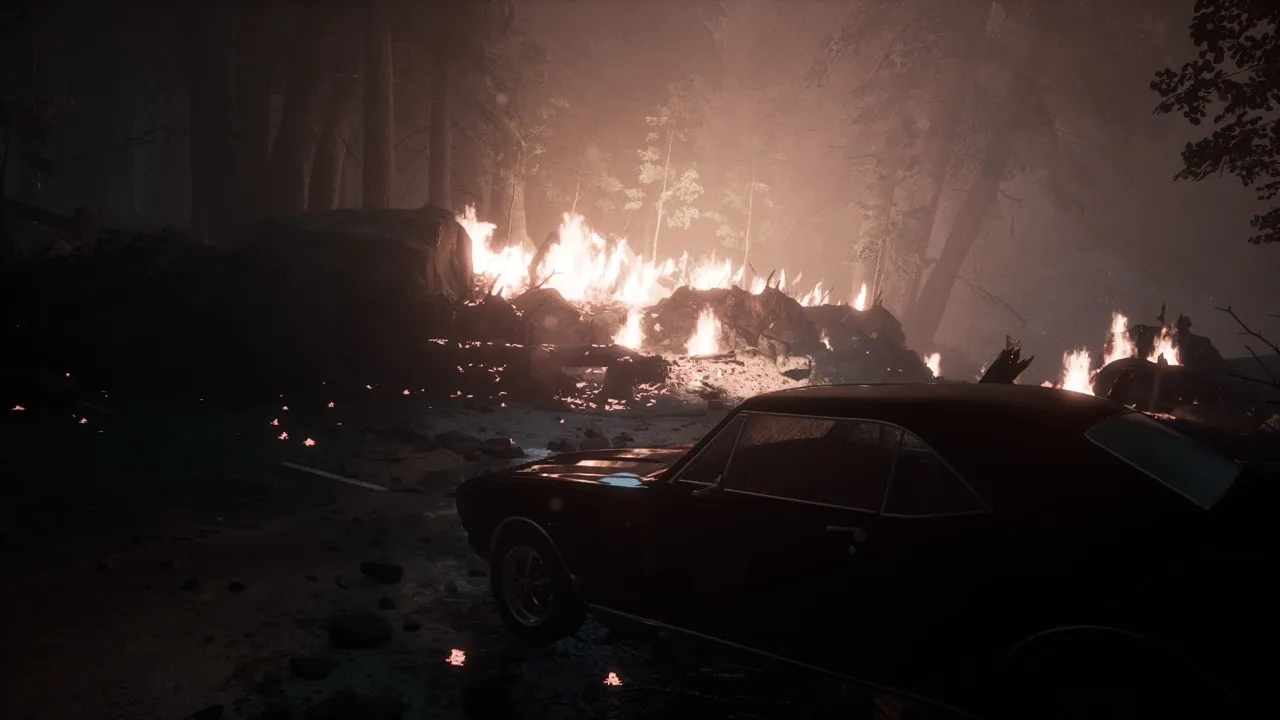
Despite everything, I genuinely respect what A.I.L.A. goes for. The variety of scenarios is impressive, the atmosphere is consistently strong and the story unfolds in a way that keeps you invested. The whole idea of an AI driven headset mining your fears and recreating them as playable sequences is cool and the game commits to it all the way through.
The sticking point is the combat. If the developers manage to refine the shooting, tweak the healing flow, and rebalance enemy movement so encounters feel fair instead of chaotic, A.I.L.A. could become something genuinely special. The foundation is already there. It just needs a combat system worthy of the ambition behind it. Thanks for reading!
The game was reviewed on a PS5 via a promo copy provided by PR. A.I.L.A. is available on PS5, Xbox Series X/S and PC.
